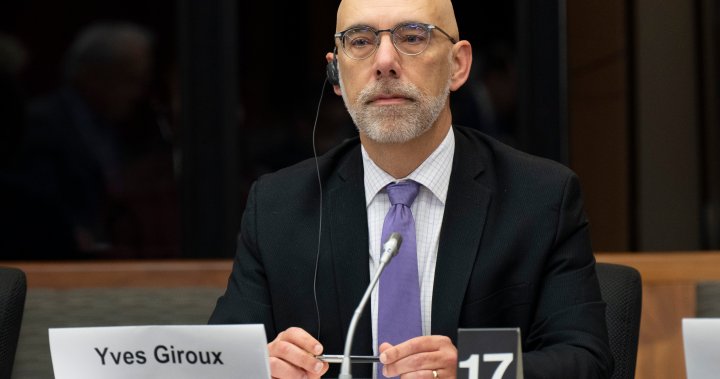The parliamentary budget officer has released a report estimating that implementing a single-payer universal drug plan would result in an additional cost of $11.2 billion for federal and provincial governments in the first year, and $13.4 billion over five years.
This report builds upon a previous costing analysis conducted by the PBO in 2017, focusing on the period between 2024-25 and 2027-28. It calculates the incremental cost of the program, taking into consideration current government spending on public drug plans and the potential revenue generated from co-pays under a pharmacare plan.
The Liberal government has made a commitment to present pharmacare legislation in the coming fall, in accordance with the supply-and-confidence agreement reached with the NDP.
At present, Canadians finance their prescription drugs through a combination of public plans, private insurance, and out-of-pocket expenses.
Excluding hospital drugs, the PBO report reveals that total prescription drug spending for 2021-22 amounted to $36.6 billion, marking a 28% increase since 2015-16.
Of this total, 46% was covered by governments, 40% by private insurers, and 14% was paid out-of-pocket.
Despite estimating a 13.5% increase in the use of prescription drugs, the report suggests that implementing a single-payer universal drug plan would result in economy-wide savings. This is due to the assumption that the plan would facilitate more effective price negotiations and subsequently lead to lower drug prices.
The PBO estimates that implementing a single-payer universal drug plan would generate cost savings on drug expenditures of $1.4 billion in 2024-25, with this figure projected to increase to $2.2 billion by 2027-28.
However, parliamentary budget officer Yves Giroux notes that the economy-wide savings are lower than previously estimated in the 2017 report, primarily due to the PBO’s revised estimation of smaller savings resulting from more robust drug price negotiations.
Furthermore, the report explores alternative coverage plans as the federal government continues to develop the specifics of a pharmacare program.
A plan that solely covers catastrophic medicines, which refers to costly drugs that could result in financial hardship, would entail an additional cost of $400 million in the first year and $2 billion over five years for governments.
Alternatively, a plan that exclusively covers essential medicines, addressing the priority healthcare needs of the population, would require an additional $2.4 billion in the first year and $12.1 billion over five years.
© 2023 The Canadian Press
Denial of responsibility! Vigour Times is an automatic aggregator of Global media. In each content, the hyperlink to the primary source is specified. All trademarks belong to their rightful owners, and all materials to their authors. For any complaint, please reach us at – [email protected]. We will take necessary action within 24 hours.



